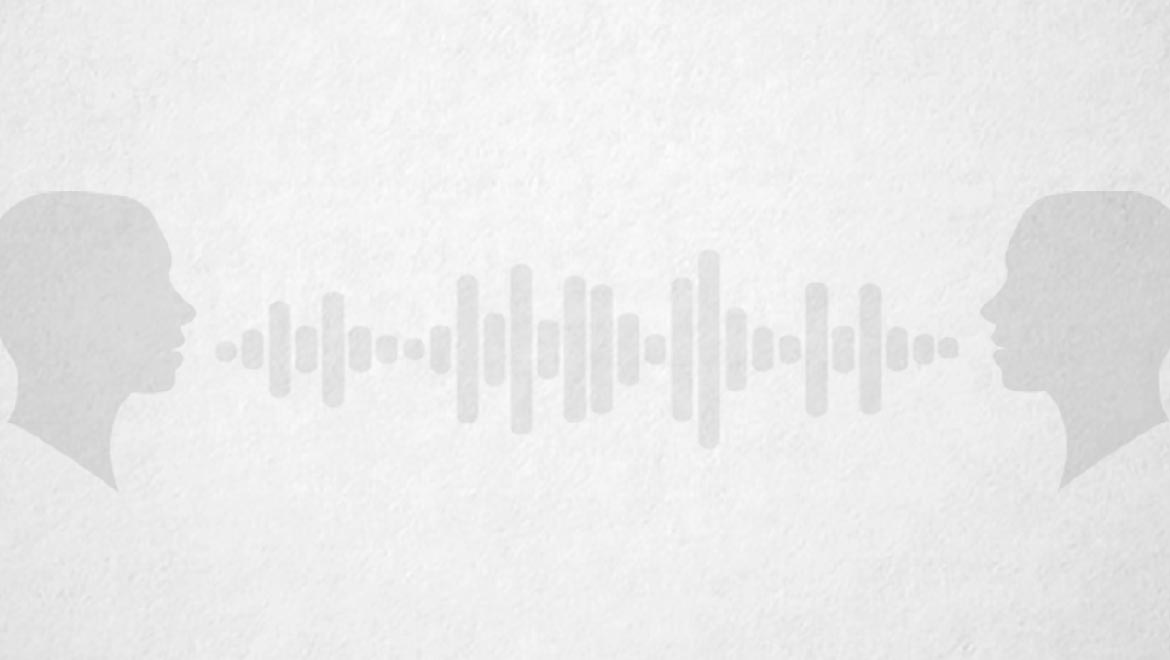I've read that no speaker can be perfect - every speaker is an optimization to a specific goal, with necessary compromises.
So if the goal was to have a speaker through which playback of a vocalist *alone* was indistinguishable from a live, unamplified singer, to a blinded listener, what measurement characteristics would that speaker have, and how would it be best approximated with real components?
So if the goal was to have a speaker through which playback of a vocalist *alone* was indistinguishable from a live, unamplified singer, to a blinded listener, what measurement characteristics would that speaker have, and how would it be best approximated with real components?

